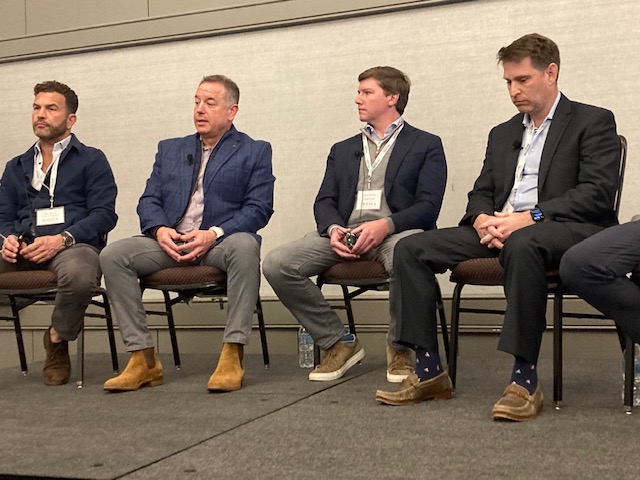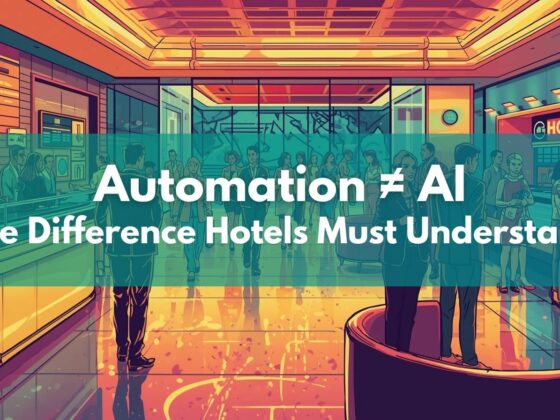
The Extended Stay Lodging Association (ESLA) held its inaugural Development & Operations Workshop Series earlier this week in Atlanta, Georgia, revealing scores of data suggesting that the segment has plenty of runway for continued growth momentum in the months and years to come.
Doug Artusio, Ccairman, ESLA, got the day-long discussion started with some opening remarks. Mark Skinner, partner, The Highland Group, acknowledged that supply started to accelerate this year, however, he further emphasized that the “near term risk of extended-stay oversupply nationally is very low.”
Skinner pointed out that the segment represented some 10.5 percent of total U.S. hotel rooms in 2023, generating roughly $18.7 billion in room revenue. He noted his firm is projecting robust room revenue growth for 2024 as well and a considerable jump from the $9.9 billion in 2020 for some perspective.
“We all know what happened in 2020, but within one year extended-stay hotels recouped all of that revenue. We had one of the largest increases ever in 2023 and this year we should be at about $20 billion. We’re increasing at about a billion a year,” he said.
Meanwhile, Cindy Estis Green, CEO, Kalibri Labs, noted that the segment is expected to see RevPAR growth of roughly 1 percent this year, and 2.5 percent in 2025 with much of that anticipated spike as a result of ADR gains. She further noted Thursday and Sunday continue to drive growth as well with weekday and commercial business moving closer to 2019 levels.

Taking a regional focus, Estis Green examined demand patterns for markets within Georgia, North Carolina, South Carolina, Tennessee, and Alabama. She noted that Atlanta, Charleston, Charlotte, and Savannah have all seen occupancy increases exceeding 2019 levels, while six of the other top 10 markets remain below those levels. Nevertheless, she added, “we’re still in the ‘70s for the most part.”
She added that while performance has been solid across the board for the segment, properties need to be managed properly in order to see such gains.

Kerry Ranson, president, operations, Raines Hospitality, talked about how the management company goes about underwriting such properties.
“People tell me about extended-stay properties that are running ‘80s and ‘90s [occupancies] with crazy high GOP’s [gross operating profits], but every market is different. The demand profile of the seven-plus night stay is very different in different markets, which is why when you do underwriting and when you operate these hotels you have to have an iron-clad grip of how much tier one, tier two, tier three and tier four business you have in order to manage to those healthy nice GOP numbers,” she noted.
“It’s really understanding the model and whether it’s going to work [in that location]. As you try to underwrite these [assets] there’s obviously a significant difference from a traditional hotel asset to an extended stay [asset] from a cost perspective. You also have to understand that while it may have some stability in terms of the revenue and income stream, is it sustainable? Those are the pieces we look at to be able to determine if we’re going to take on or purchase an existing asset. What is that long-term viability like from an extended-stay perspective and what are those demand generators and will they continue to produce?”
Ben Brunt, chief investment officer, Noble Investment Group, reinforced the point. “We’ve built a separate model for this type of business. Our model builds up revenue by looking at the various buckets, so we have 30-plus day buckets, seven to 29 days, or one-six days. That’s how we build up the revenue, which is different than how we look at a traditional transient model. Then however that layers into the revenue composition it also then drives a cost model that helps us forecast. So we have kind of a quick and dirty model that helps us look at it and kind of see if it profiles appropriately for extended-stay,” he said.





